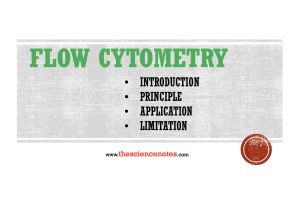
Flow Cytometry : Introduction, Principle, Applications, Limitations
Learn about the introduction, principle, applications, and limitations of flow cytometry, a powerful technique for cell analysis. Read more
Your Trusted Source for Science Notes

Learn about the introduction, principle, applications, and limitations of flow cytometry, a powerful technique for cell analysis. Read more
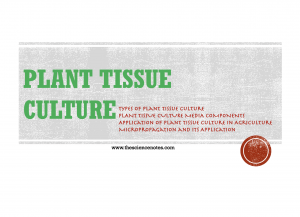
Plant cells have potential to grow as a plant. This potential of the plant is called totipotency. Any component of the plant can grow into... Read more

What is Pulsed field Gel Electrophoresis (PFGE)? Pulsed – field gel electrophoresis is a separation technique of large DNA molecules (entire genomic DNA) to produce... Read more

Learn about the working mechanisms and various types of restriction endonuclease enzymes used in molecular biology research in this comprehensive article. Read more
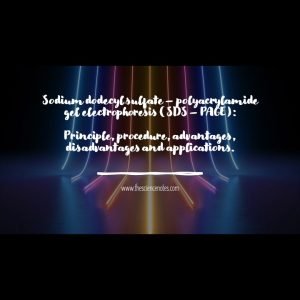
SDS-PAGE is a widely used technique in biochemistry for protein separation and analysis. Learn its basics here. Read more

Bacterial transformation is a mechanism for genetic exchange between bacteria. Discover its process and significance. Read more

Lentivirus production involves the use of viral vectors for gene delivery in genetic research and therapy. Learn more. Read more

Understand the principle and types of the ELISA technique, a widely used tool for detecting and quantifying proteins. Read more
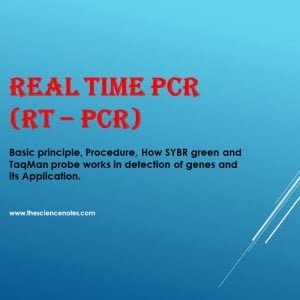
Learn about the principle, types, and applications of real-time PCR in this comprehensive guide. Explore now for more! Read more
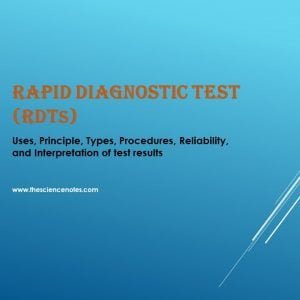
Explore the principle, types, and reliability of rapid diagnostic tests (RDTs), their interpretation, and procedures in this guide. Read more